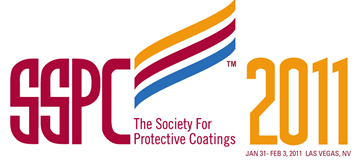Search
Products tagged with 'coating'
View as
Sort by
Display
per page
Benefits Exhibited by Styrene Free Coating Technology
Product Number:
41216-961-SG
Publication Date:
2016
$20.00
Benefits of continuous corrosion monitoring for offshore wind structures
Product Number:
51323-19288-SG
Publication Date:
2023
$20.00
Benefits of Using Both SSPC & PDCA Standards in Project Specifications
Product Number:
41208-441-SG
Publication Date:
2008
$20.00
Benjamin Franklin Bridge Painting Project
Product Number:
41206-262-SG
Publication Date:
2006
$20.00
Bridge Coating in Japan: Doing it Right the First Time
Product Number:
41213-737-SG
Publication Date:
2013
$20.00
Bridge Maintenance Painting in the Land of 10,000 Lakes MnDOT’s approach to Improving Bridge Maintenance Painting Operations
Product Number:
41215-932-SG
Publication Date:
2015
$20.00
Brooklyn Bridge - Repainting the Most Iconic Structure in the World
Product Number:
41213-797-SG
Publication Date:
2013
$20.00
Calculating A Target Wet Film Thickness Using Published Volume Solids Data – Fact versus Fiction
Product Number:
41205-161-SG
Publication Date:
2005
$20.00
Case Study: Bridging the Gap: The Construction of the Pearl Harbor Memorial Bridge: Temporary Colloring to Cure COncrete on a 210 ft. / 40’ Wide Span
Product Number:
41211-649-SG
Publication Date:
2011
$20.00











